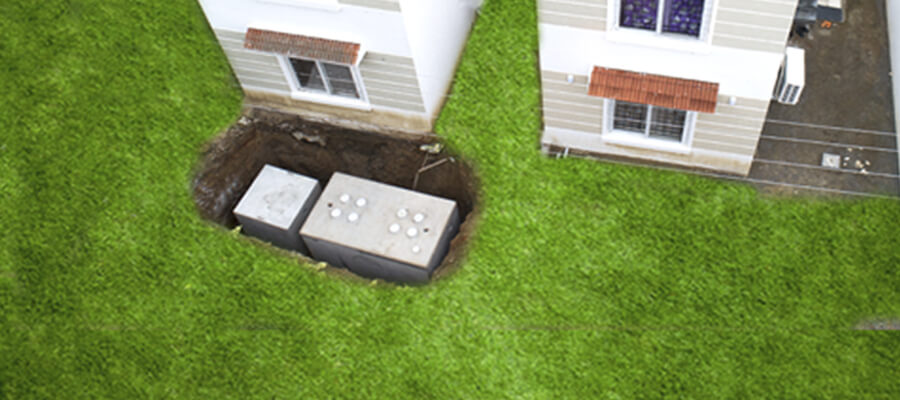The Essential Overview to Mounting a Bioseptic Tank
In the world of sustainable wastewater management, Bio septic storage tanks have emerged as a feasible and eco-friendly solution for residential and commercial residential properties alike. These ingenious sewer treatment systems harness natural organic processes to successfully treat wastewater, decreasing environmental impact and advertising cleaner water discharge. If you're thinking about mounting a bio septic tank on your home, here's everything you require to understand to make certain an effective setup:Assess Your Property:
Before mounting a bio septic tank, perform a comprehensive evaluation of your residential or commercial property to figure out the optimal place for the container and absorption field. Think about aspects such as dirt type, groundwater levels, and distance to water sources or delicate environmental areas. Consulting with a professional installer or environmental designer can assist make certain that your system is installed in accordance with regional regulations and ecological considerations.
Choose the Right Size:
Picking the proper size of the bio septic tank for your house is essential to fit your property's wastewater volume and use. Factors such as the number of owners, water usage behaviours, and local regulations will influence the size of the container required. Oversizing the tank can cause unneeded prices, while under sizing might result in inadequate therapy ability and system failure. Collaborate with a certified installer to figure out the optimal size for your residential or commercial property's requirements.Prepare the Site:
Prepare the installation site by getting rid of greenery, eliminating barriers, and ensuring appropriate drainage. Excavate the location to suit the storage tank and absorption area, complying with the specifications supplied by the maker or installer. Appropriate site preparation is important for making sure secure ground problems and optimal efficiency of the bio septic system.Install the Tank:
Once the site is prepared, the bio septic tank can be mounted according to producer guidelines and regional building ordinance. Make certain correct positioning and positioning of the tank, with ample clearance from buildings, property lines, and energy lines. The container must be set on a degree, secure base to stop settling or architectural damages with time.Connect Plumbing Fixtures:
Once the storage tank is in place, attach plumbing fixtures such as bathrooms, sinks, and drains to the inlet pipeline of the tank. Make certain proper securing and placement to avoid leakages and preserve system stability. It is essential to comply with maker suggestions and regional plumbing codes during the installation procedure.Construct Absorption Field:
The absorption field, also referred to as the leach area, is responsible for spreading treated wastewater right into the bordering soil. Construct the absorption field according to create specs, ensuring correct sizing and layout to fit wastewater circulation. Select suitable products such as crushed rock or perforated pipelines to assist in seepage and circulation of treated effluent.
Test and Inspect:
Once the bio septic system is installed, perform complete testing and examination to ensure correct function and conformity with regulatory needs. Test for leakages, procedure wastewater circulation rates, and analyse the high quality of treated effluent to verify system performance. Schedule periodic maintenance and evaluation sees to keep an eye on system operation and attend to any type of problems promptly.
Conclusion
By complying with these important actions, you can ensure a successful installment of a bio septic tank on your residential property. From site analysis to system screening, appropriate preparation and execution are crucial to maximizing the efficiency and longevity of your biodigester septic system. Purchase sustainable wastewater administration options and add to a cleaner, much healthier environment for future generations.














